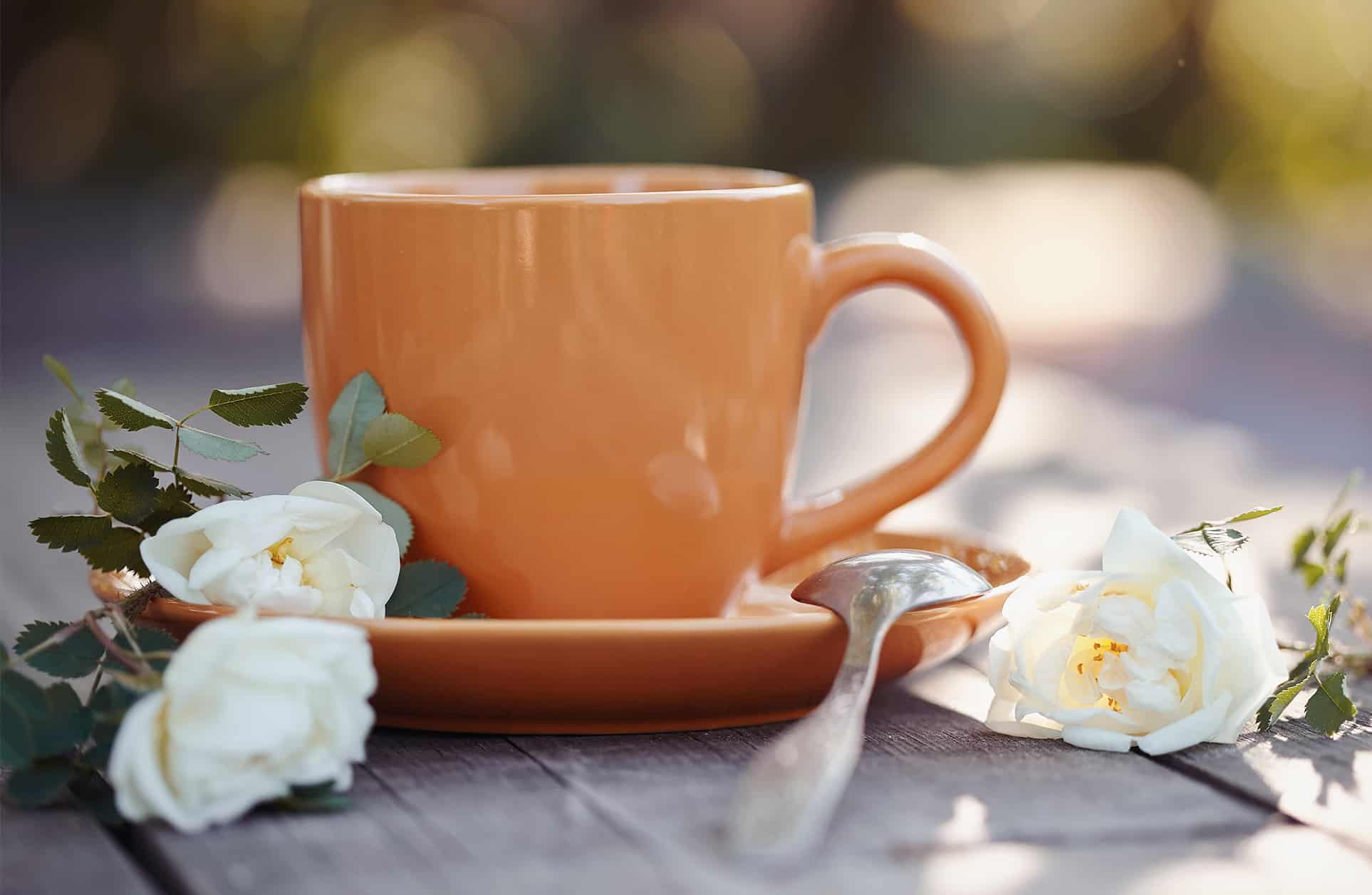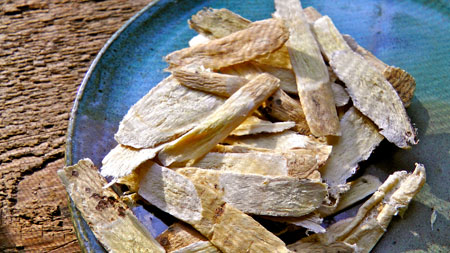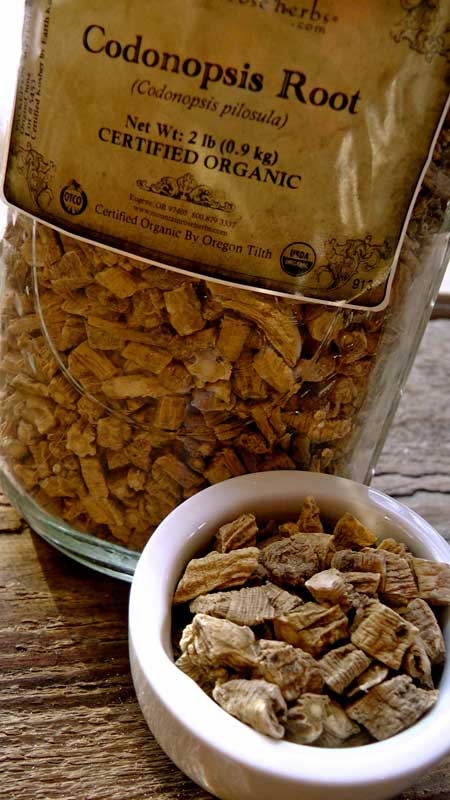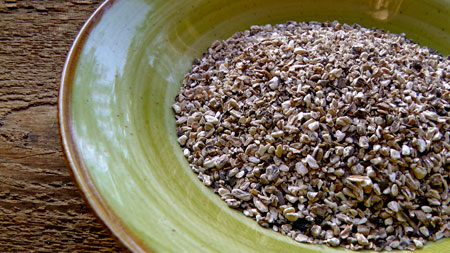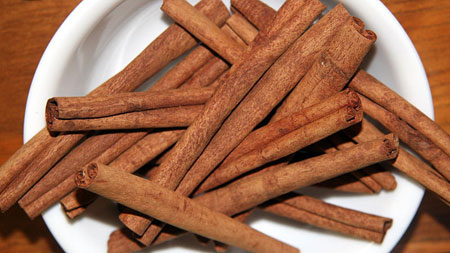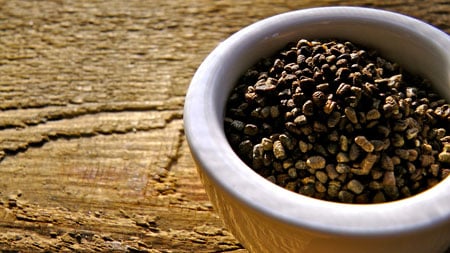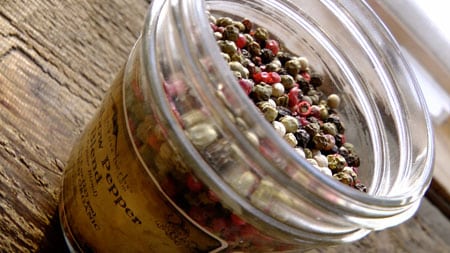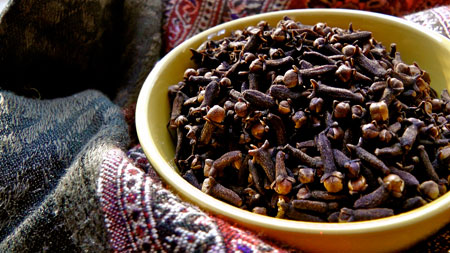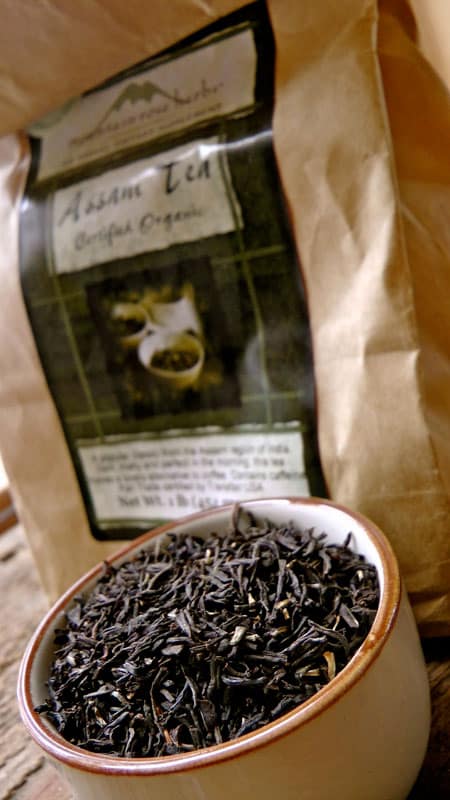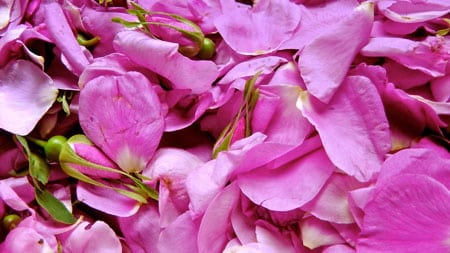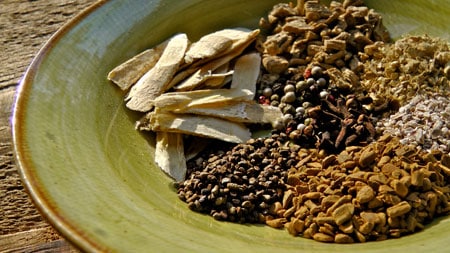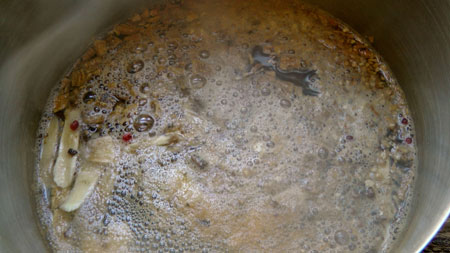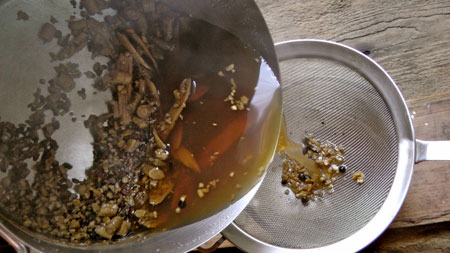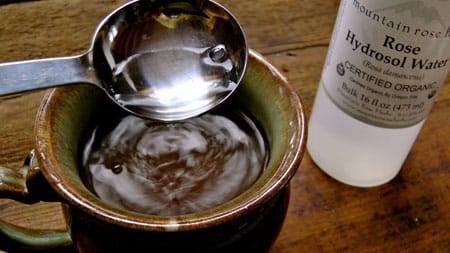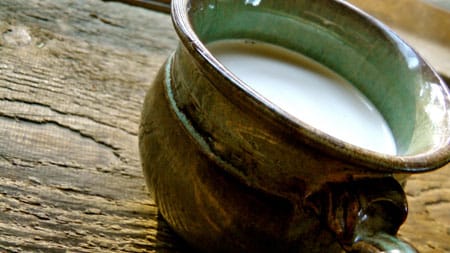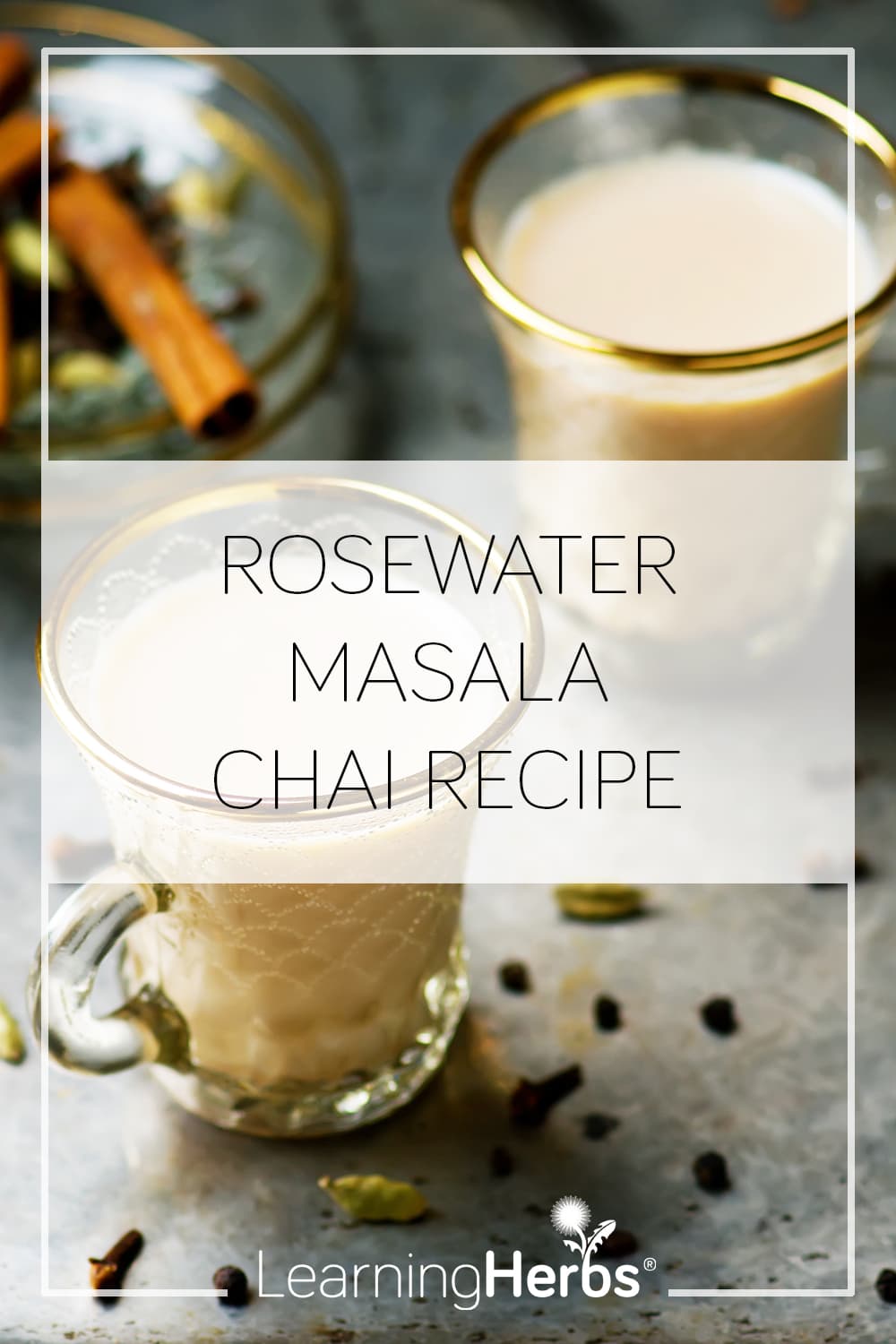A couple of weeks ago I unexpectedly found myself on a prolonged trip to Seattle. I posted on Facebook that I was trying to make the best of the unforeseen situation and a friend responded by suggesting I go to a chai house and try their rosewater chai. I have very few rules in my life, and it just so happens that never turning down rosewater chai is one of them!
So we went in search of this exotic-sounding chai. As soon as I sat down and took my first sip, I knew that I wanted to recreate that experience in my own home (over and over and over again).
What is Masala Chai?
In the US we often simply say “chai” to denote the spicy tea with origins in India. In Hindi, chai simply means tea and masala chai refers to spiced tea.
Masala chai is a spiced tea drink found in a myriad of forms throughout India. The ingredients involve some variation of the following ingredients; black tea, spices (ginger, cardamom, cinnamon, black pepper), milk and sugar.
There is certainly no one way to prepare chai. I’ve heard that in India families will guard their particular masala chai recipes as a family secret (since their brew is obviously the best).
The Blending of Different Traditions
I’ve created my own version of masala chai to share with all of you. This blend is great to support the immune system and promote healthy digestion.
Besides the traditional spices you find in Indian masala chai teas, it also includes Chinese tonic herbs.
In Traditional Chinese Medicine (TCM), codonopsis root and astragalus root are both used to tonify Spleen Qi and Lung Qi. In western herbalism this is often simplified to mean that they are used for the immune system and, while this is generally true, these two herbs are certainly more sophisticated than that.
And in addition to the Chinese herbs and the Indian herbs, I’ve also added burdock, a common medicinal herb in western medicine. So, although this is a traditional Indian beverage, I’ve combined herbs from several different traditions.
Before we look at the recipe, let’s take a closer look at the herbs and spices we’ll be brewing.
Astragalus Root (Astragalus membranaceus)
Astragalus root is a food-like herb that strongly supports overall immune system health. It can be used daily to prevent pathogenic invasions like a cold or flu and can even be used to help someone mediate the effects of chemotherapy. Special indications for use include shortness of breath and prolapsed organs. I was taught that this herb is used frequently by the Chinese who often add it to their soup stocks and rice.
Codonopsis Root (Codonopsis pilosula)
Codonopsis root is sometimes called the poor man’s ginseng because it is similar in effects to the popular ginseng but costs much less. Also called Dang Shen in China, where the plant originates, it is specifically used for Qi deficiency, fatigue, weakness, shortness of breath and chronic coughs. I learned from Matthew Becker at the North American Institute of Medical Herbalism that the combination of astragalus and codonopsis is a powerful lung tonic that can promote a healthy respiratory system.
Burdock Root (Arctium lappa)
Often classified as an alterative herb, burdock root supports the health of many of our eliminative organs. It is commonly used for imbalances of the skin such as rashes, dermatitis and dandruff, especially when there is a liver component involved. I think of burdock root as being deeply nourishing and grounding.
Ginger Root (Zingiber officinale)
Ginger is one of my favorite spices. It is spicy, warming and tasty enough for culinary purposes while being powerful enough to address practically everything. From stomach upsets to cold and flu symptoms to various types of pain, ginger is an herb I reach for often.
Cinnamon (Cinnamomum burmannii)
Cinnamon is a fascinating spice with a turbulent history. We tend to think of it as a common kitchen spice but cinnamon has an amazing number of different uses. Its pleasing, spicy, aromatic, and sweet taste combined with its warming attributes can ease digestive woes by increasing circulation and moving along stagnant digestion. This makes it useful for a variety of digestive complaints, including indigestion, gas, and cramping.
Cardamom (Elettaria cardamomum)
Cardamom is an incredibly important spice that is used for a variety of bronchial problems and digestive complaints. It is one of the most important spices in India and is almost always included in masala chai. In this recipe I use the hulled cardamom. You can also buy green cardamom pods for masala chai.
Peppercorns (Piper nigrum)
All peppercorns, whether white, red, green or black in color, come from the same plant (a vine in this case). The different colors are formed by harvesting and preparing the peppercorns in different ways. The peppercorns are actually the dried fruit of the plant. It played a prominent role in many historical culinary traditions, including India, Asia, Greece, Rome and Egypt. And it continues to play a large role in modern cuisines. Some say that pepper is the most highly traded plant on Earth!
Cloves (Syzygium aromaticum)
Cloves are the aromatic dried flower buds of an evergreen tree. This spice is super potent and generally used in smaller proportions. It is commonly used in savory dishes in Ayurvedic cooking and is more commonly used in sweet baking in North America. Clove essential oil is frequently use as a numbing agent for mouth pain.
Assam Tea
Assam tea is a popular black tea from the Assam region of India. It is commonly sold as “breakfast” tea. This mild-tasting tea is pleasant to most people’s taste buds. The chai recipe below is great with or without Assam tea.
Rosewater
People have used rosewater in food and as medicine for ages. You can make it by steam-distilling the petals. You can easily do this at home if you have a lot of fragrant roses growing around you. I love incorporating it into our meals to add that exotic flair. Try it on ice cream, in teas and to flavor rice.
Masala Chai Recipe
What you’ll need…
- 10-15 small slices astragalus root
- 2 tablespoons codonopsis root
- 2 tablespoons burdock root
- 1 tablespoon cinnamon chips
- 2 tablespoons ginger root
- 1 teaspoon peppercorns
- 1/2 teaspoon hulled cardamom
- 1/4 teaspoon cloves (about 3-5 cloves)
- 2 teaspoons assam black tea (optional)
- 2-4 tablespoons rosewater (rose hydrosol will work as well)
- 1 quart water
Begin by combing all your herbs and spices together.
Place the water in a medium-sized saucepan and bring to a boil.
Add all of the spices to the pot except the tea and rosewater and reduce to a slow simmer.
Simmer this spicy mix for 30-40 minutes and then strain.
If desired, add two teaspoons of assam tea and let infuse for 3-5 minutes. Strain off the tea leaves.
Add the rosewater to taste.
Add cream or milk substitute to taste.
You can certainly add honey to this as well but I think you’ll be surprised how sweet it is already (the codonopsis root adds a lot of sweetness).
Serve warm and enjoy!
This makes enough chai for two people. If you’ve never made masala chai before, I recommend trying the above recipe as is, and then experimenting to find the recipe for your taste buds. You may like more or fewer cloves, more or less spicy, etc.
Once you have your favorite masala chai recipe in hand, you can increase the recipe and combine the bulk spices together in a large jar. Then, when you are ready for chai, you can simply measure out one scoop from your larger container.
This tasty beverage will be a hit at your holiday get-togethers. You can also package up the spices and give them as gifts with brewing instructions.


